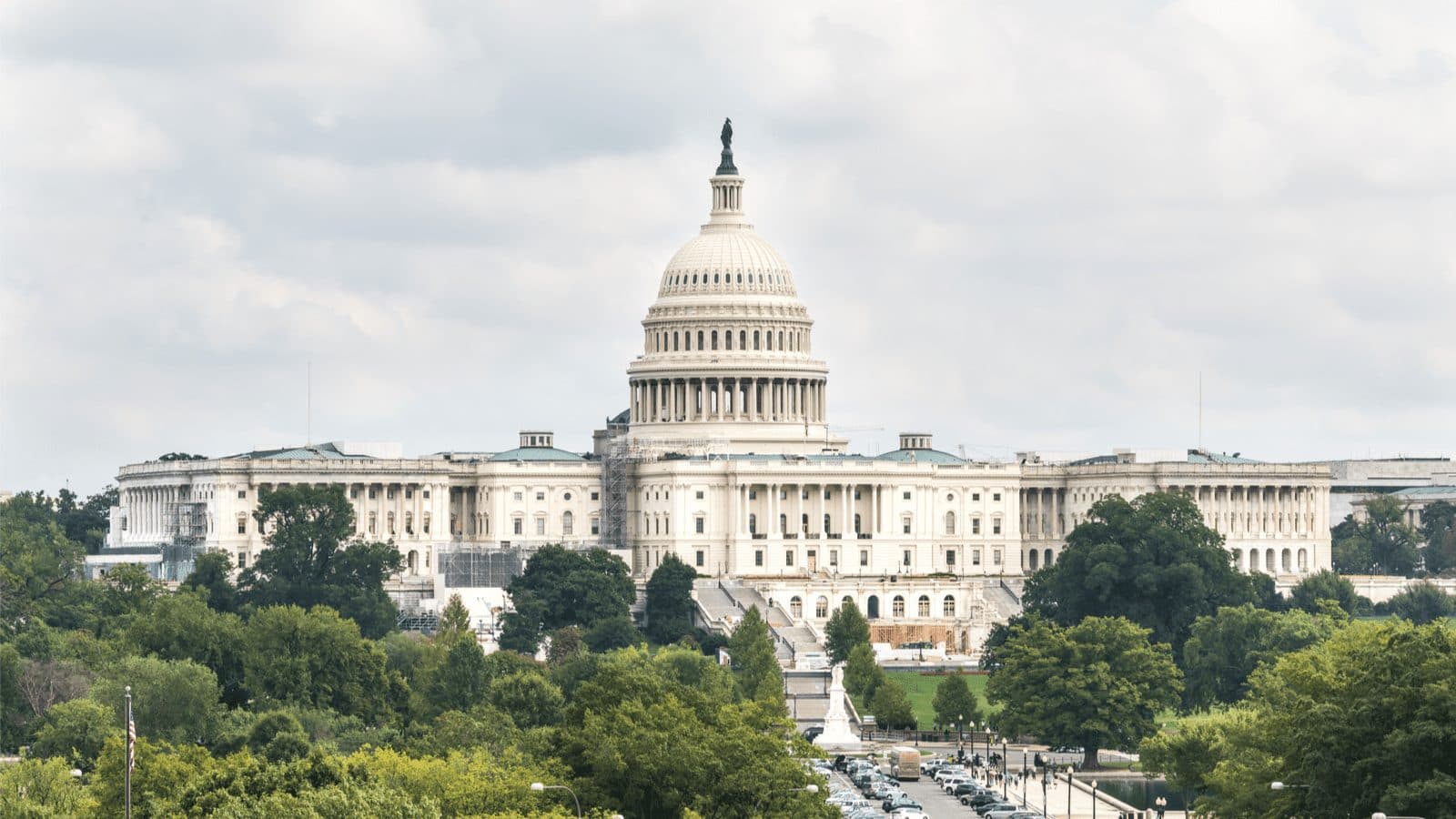Democratic Rep: Stablecoin Issuers Don’t Have To Be Banks With 100% Reserves
As some lawmakers continue to push for stablecoins to be issued by only banks, one representative said ensuring stablecoins have sound reserves is more important

Source: Shutterstock
- US Senators met Tuesday to discuss stablecoin regulation
- Stablecoin issuers shouldn’t have to be banks as long as their reserves are secure, one representative argues
As US lawmakers discussed stablecoin regulation Tuesday, one New Jersey legislator called for greater transparency around the reserves that back stablecoins.
Josh Gottheimer, D-N.J., wants to see certain stablecoins classified as “qualified” if consumers can redeem the digital currency on a one-for-one basis with US dollars, according to a draft of a bill released Tuesday.
The proposal, dubbed the Stablecoin Innovation and Protection Act, comes as members of the Senate Committee on Banking, Housing and Urban Affairs gathered Tuesday to hear from a Treasury official on the matter.
The appearance of Jean Nellie Liang, the under secretary for domestic finance at the Department of the Treasury, comes one week after she discussed the same topic with House lawmakers: the recent report on stablecoins from the President’s Working Group on Financial Markets (PWG).
Senators were interested in hearing more about stablecoin reserve requirements, which is what Gottheimer’s proposal explores.
“Currently, if the issuer were to go belly up, in other words, if they were to go out of business, and they didn’t have reserves to cover the deposits…the holders of stablecoin would just be out of luck, right?” Sen. Chris Van Holland, D-Md., asked Liang.
“That is correct,” Liang said. There are currently no requirements for assets backing stablecoins such as USDC or Tether, she added.
To head off such risks, the federal report posits that stablecoin issuers must be federally insured depository institutions — more commonly known as banks.
Stablecoins issuers should be able to be banks or non-banks as long as their reserves are at least 100% in US dollars, Gottheimer’s office said Tuesday.
“For cryptocurrency to thrive here in the US, instead of overseas, we must provide more certainty to help boost innovation and protect consumers,” Gottheimer said in a tweet.
Industry participants have gotten behind Gottheimer’s proposal, including Sam Bankman-Fried, the CEO of crypto exchange FTX, who said it’s “exciting” to see interest from lawmakers in stablecoin regulation.
“Stablecoins hold huge promise for payments and finance, and regulatory oversight and clarity can give them the trust and safety they need,” he added in a tweet.
Gottheimer is now looking for input from lawmakers and crypto experts. Politicians have made it clear that further regulatory actions around cryptocurrencies should be expected in the coming months.
Get the news in your inbox. Explore Blockworks newsletters:
- The Breakdown: Decoding crypto and the markets. Daily.
- 0xResearch: Alpha in your inbox. Think like an analyst.






